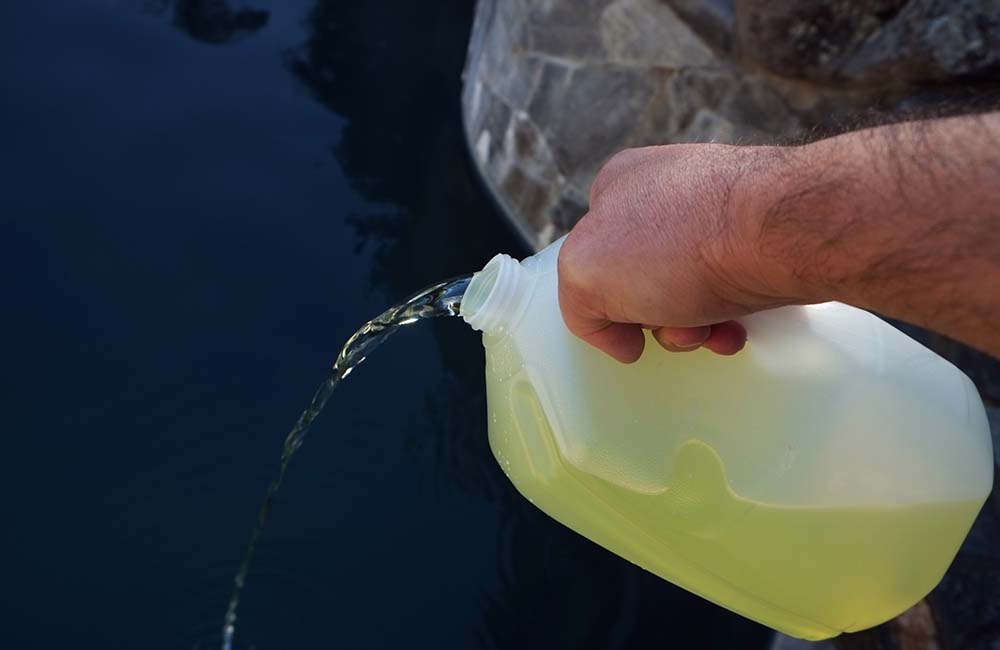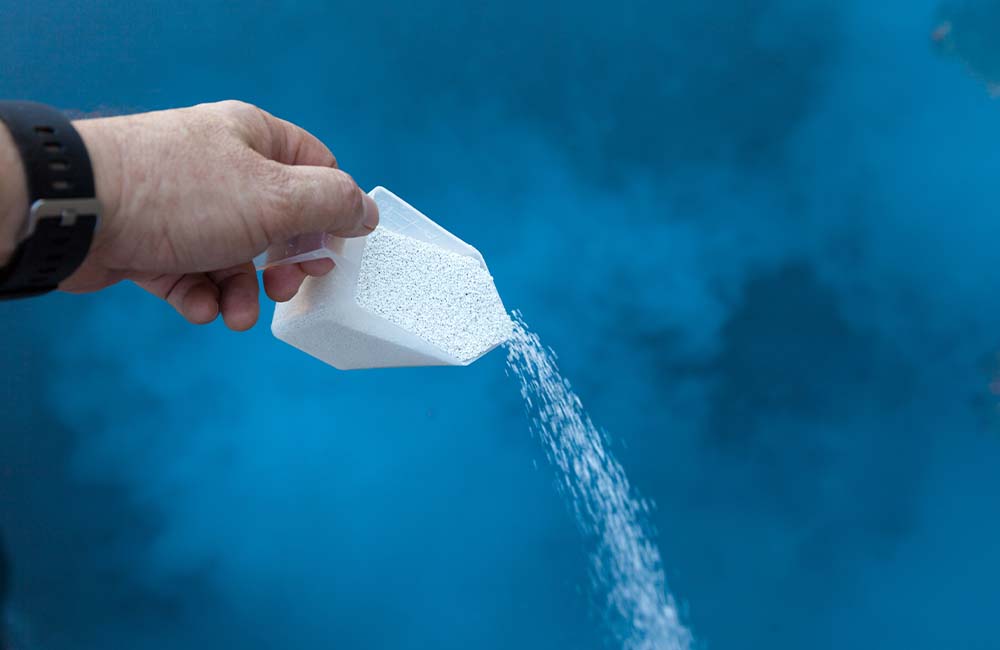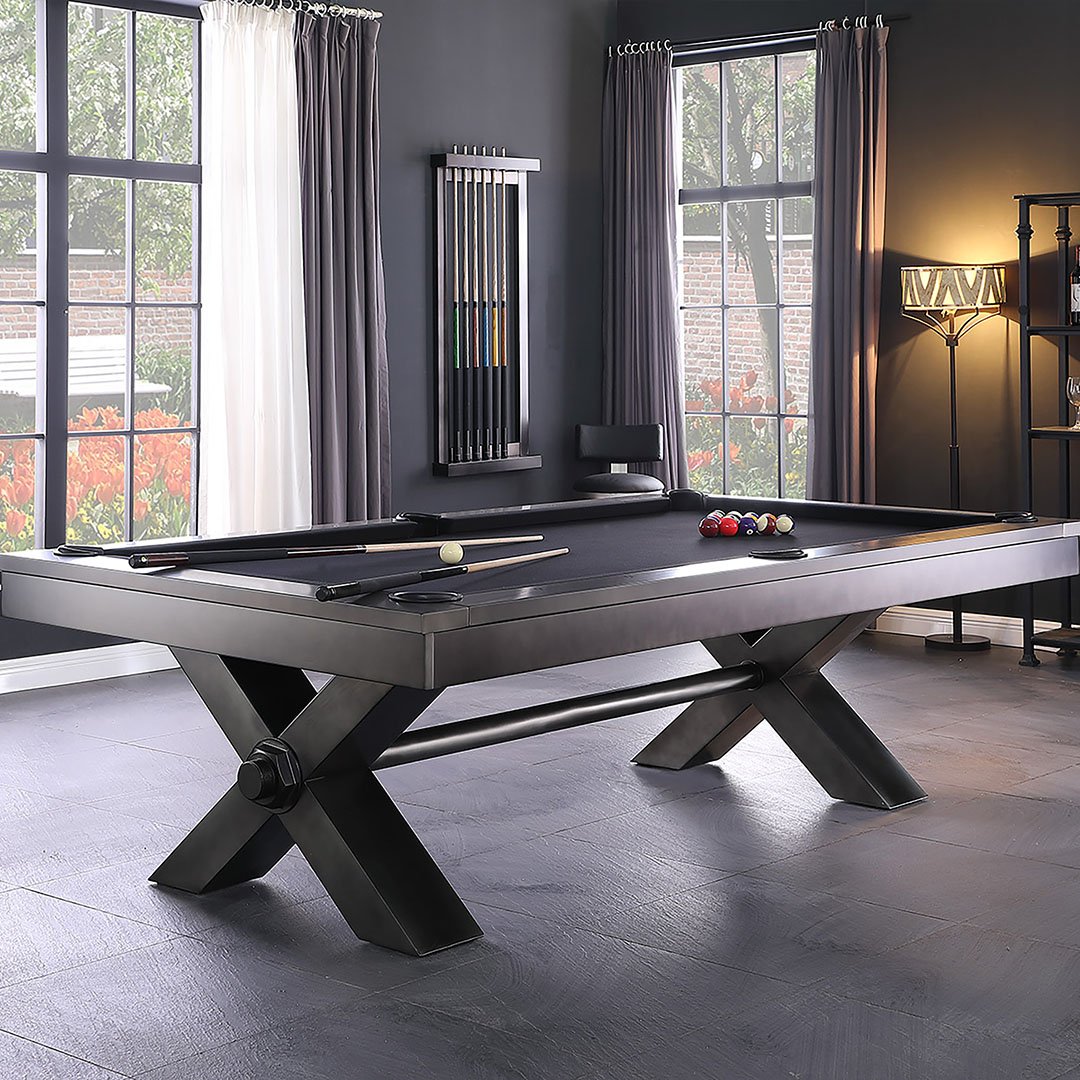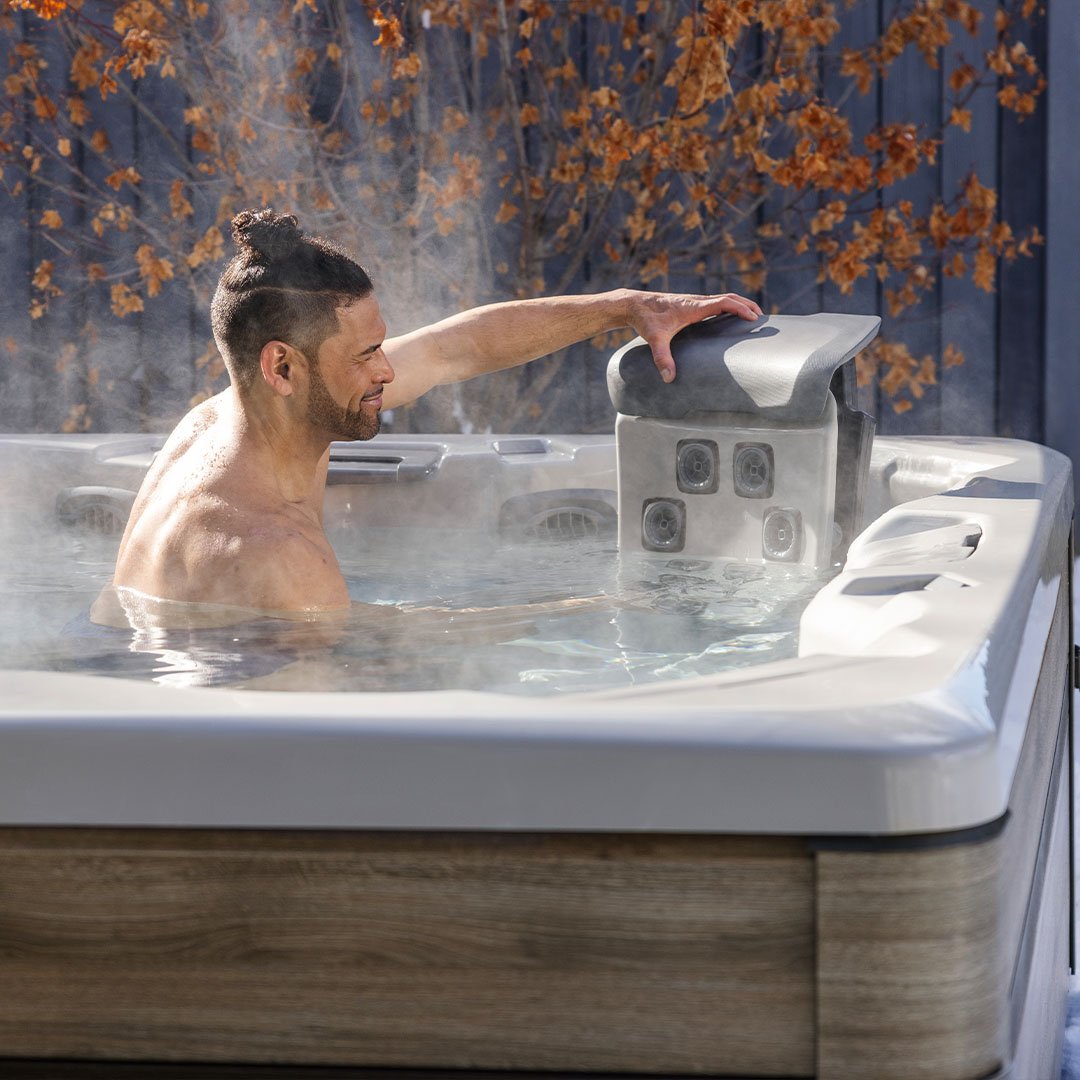Liquid Chlorine in Pools: Understanding Stabilization and Proper Usage
As every pool owner understands, maintaining the right chemical balance is crucial, particularly when it comes to liquid chlorine. A frequent question we hear is, "Is liquid chlorine stabilized?" This guide not only addresses that question but also arms you with the essential knowledge for pool care and chlorine usage, ensuring your swimming pool remains a sparkling oasis.
What Is Pool Chlorine?
Pool chlorine is a vital chemical sanitizer, available in liquid, tablet, or powder forms, each designed to keep your pool clean and bacteria-free. The choice between stabilized and unstabilized chlorine—a critical decision for every pool owner—hinges on factors like pool exposure to sunlight and personal maintenance preferences. Understanding these options is key to ensuring your pool remains a safe and enjoyable environment.
In the same way that household bleach functions, pool chlorine helps to protect your water from:
- Microorganisms and other disease-carrying germs like E. Coli, Giardia, Salmonella, and more
- Urine, fecal matter, bodily fluids, and other hazardous materials that could be released from swimmers
- Debris, grime, and dirt from insects, animals, and other factors of the natural environment
- Growing and spreading algae
The Role of Pool Chlorine
Other than simply killing bacteria and keeping the pool clear, many things happen when you add chlorine to your pool water. Chemically speaking, as soon as chlorine is added to the water in your pool, a new substance is formed, known as hydrochloric acid. Hydrochloric acid kills harmful bacteria, viruses, and other microscopic dangers.
Even though the phrase “hydrochloric acid in your pool” sounds scary, there’s no need to worry. The amount of hydrochloric acid that is created from adding chlorine to pool water is more than adequate at killing harmful bacteria but not at all harmful to humans. It would be more dangerous to swim in a pool without chlorine than in one with chlorine.
Understanding that this reaction that creates hydrochloric acid works best when pool water pH levels are normal is essential. If you think it’s time to add chlorine to the pool, it might be a good idea to check the pH levels of the water first. If the levels are normal, continue to add chlorine as you typically would. If pH levels are abnormal, other chemicals might need to be added to the water before seeing the best results from your chlorine. A vital thing to remember is that sunlight can also affect how chlorine works in your pool water. Typically, a pool that is more exposed to sunlight will require more chlorine than a pool of the same size located in a shady area.
The Different Types Of Chlorine
Chlorine comes in several forms, each with unique benefits. Granular shock, or powdered chlorine, offers a longer shelf life and is added either directly or dissolved in water. Chlorine tablets, convenient for slow-release applications, are often used in skimmers or floating chlorinators. Liquid chlorine, the focus of our guide, stands out for its cost-effectiveness and suitability for larger pools. Its ease of use and quick integration into the pool water make it a popular choice among pool owners.
Granular Shock/Powder Chlorine
Powdered chlorine, also often referred to as “granular shock” or “chlorine granules,” is commonly added to pool water in two different ways. Either the granules are sprinkled into the pool in an even layer, or they are dissolved into a small reciprocal filled with water and then added to the pool. Using powdered chlorine requires a bit more effort than other chlorine options, but powdered chlorine has its benefits. Powdered chlorine has a longer shelf life than liquid chlorine.
Chlorine Tablets
Chlorine tablets are very similar to powdered chlorine products, the significant difference being that the chlorine granules are compressed into a puck shape to allow for easy dispensing of the chemical. Chlorine tablets are commonly placed in the pool's skimmer or floating chlorinators so the tablet can release an even amount of chlorine over time. Many pool owners use chlorine tablets because they are quick and easy and have a long shelf life.
Liquid Chlorine
Of the available chlorine options, liquid chlorine is the most economical choice. When using liquid chlorine, the product is simply mixed into the existing pool water. Over time as the water cycles through the pool filter’s system, the liquid chlorine will evenly mix with the pool water. Liquid chlorine products are often a popular choice for chemically treating larger swimming pools because of their ability to be added quickly and in large amounts.
Stabilized Chlorine VS Unstabilized Chlorine
Unstabilized Chlorine
Unstabilized chlorine is a type of chlorine that does not contain cyanuric acid. Cyanuric acid is a chemical that helps protect chlorine from UV rays from the sun. Unstabilized chlorine is typically used by owners of pools that do not consistently receive direct sunlight.
Important Features:
- Does not contain cyanuric acid
- Less effective under sunlight
- Ideal for shaded or indoor pools
Liquid chlorine is typically an unstabilized form of chlorine. It does not contain cyanuric acid, which is why it's often used in pools that aren't exposed to prolonged sunlight. For pools under direct sun, stabilizers might need to be added separately to protect the chlorine from UV degradation.
Stabilized Chlorine
Unsurprisingly, stabilized chlorine is a type of chlorine that does contain chlorine-protecting cyanuric acid. Stabilized chlorine is typically used by owners of pools that consistently receive direct sunlight.
Important Features:
- Contains cyanuric acid for UV protection
- More effective under sunlight
- Preferred for outdoor pools with direct sunlight exposure
How To Use Liquid Chlorine To Shock Your Pool
"Shocking a pool," the process of adding a significant chlorine dose, is an essential step in both the initial pool setup and ongoing maintenance to ensure water clarity and hygiene. This process, usually undertaken at the beginning of the pool season or whenever the water becomes cloudy, involves using potent chlorine-based products to effectively sanitize the pool. While there are several products available for this purpose, liquid chlorine is often preferred for its efficiency and ease of use.
Why Shock Your Pool?
"Shocking a pool," the process of adding a significant chlorine dose, is an essential step in both the initial pool setup and ongoing maintenance to ensure water clarity and hygiene. This process, usually undertaken at the beginning of the pool season or whenever the water becomes cloudy, involves using potent chlorine-based products to effectively sanitize the pool. While there are several products available for this purpose, liquid chlorine is often preferred for its efficiency and ease of use.
Shocking is crucial for several reasons:
- Eliminates Contaminants: Over time, your pool water accumulates organic contaminants like sweat, oils, and urine, which can bind with chlorine, diminishing its effectiveness. Shocking breaks these bonds, freeing up chlorine to sanitize the water.
- Algae Prevention: Algae spores constantly enter your pool, and without proper chlorine levels, they can quickly multiply. Shocking helps eradicate these spores before they become visible.
- Clears Cloudy Water: Organic contaminants and algae can make pool water cloudy. A good shock treatment will help clear up the water, restoring its crystal-clear appearance.
When to Shock Your Pool
The best time to shock your pool is:
- Beginning of the Pool Season: To prepare for a safe swimming season.
- After Heavy Usage: Large numbers of swimmers can deplete chlorine levels.
- Following a Rainstorm: Rain can introduce additional contaminants and dilute chlorine levels.
- When Algae Appears: To halt and reverse algae growth.
- When Water Tests Indicate: Regular testing might reveal low chlorine levels or high levels of chloramines, signaling the need for shocking.
How to Shock Your Pool with Liquid Chlorine
- Safety First: Always wear protective gear like gloves and safety glasses when handling liquid chlorine.
- Test Your Water: Before you start, test your pool water to determine the current chlorine level and pH. This will guide how much liquid chlorine you need to add.
- Calculate the Required Amount: As a general rule, you'll need about 10 to 12 ounces of liquid chlorine per 10,000 gallons of water to raise the chlorine level by 1 ppm (part per million). The amount you use should be based on your pool's volume and the current chlorine level.
- Adding the Chlorine: Pour the calculated amount of liquid chlorine directly into the pool, spreading it over the water's surface to ensure even distribution. Do this in the evening or on a cloudy day to prevent the sun from dissipating the chlorine.
- Circulate the Water: Turn on your pool's pump to help circulate the chlorine throughout the pool.
- Wait Before Swimming: It's generally recommended to wait at least 8 hours or overnight after shocking before swimming. Re-test the water to ensure chlorine levels are safe (typically 1-4 ppm) and the water is balanced.
Post-Shock Maintenance
After shocking your pool, it's important to continue regular maintenance:
- Test Regularly: Regularly testing your water is crucial to maintain the proper chemical balance.
- Balance pH Levels: Ensure the pH level is balanced (between 7.2 and 7.6) for optimal chlorine effectiveness.
- Regular Chlorine Additions: Continue to add chlorine as needed to maintain appropriate levels for sanitization.
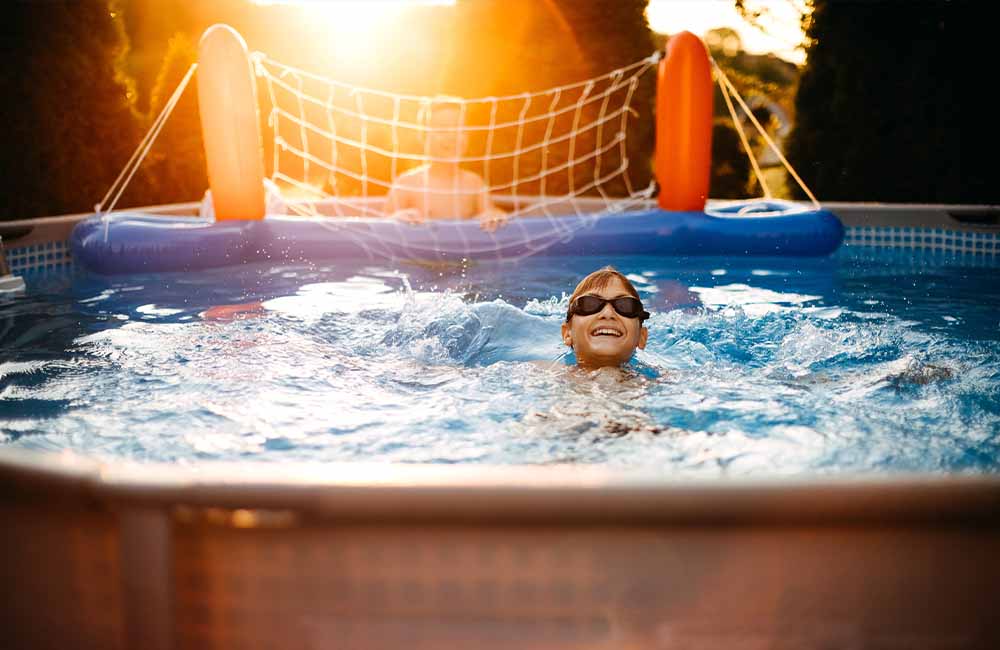
FAQ's
How Often Should I Add Chlorine To My Pool?
Answer: To keep chlorine levels adequate, you should check your pool water every week to two weeks to see if you need more chlorine. Remember that the more sunlight your pool gets, the more frequently your pool will need additional chlorine.
How Much Liquid Chlorine Does My Pool Need?
Answer: A major factor when determining the amount of chlorine a pool needs is the size of the pool. For example, if your pool holds 10,000 gallons of water, the standard amount of liquid chlorine needed is anywhere between 50 and 100 ounces.
When Is It Safe To Swim After Adding Liquid Chlorine To The Pool?
Answer: It is always smart to wait multiple hours after adding liquid chlorine to a pool before swimming in it. This time allows for the chlorine to circulate and mix with the rest of the pool’s water.
Is It Better to Use Liquid Chlorine in a Pool?
Answer: Yes, liquid chlorine is cost-effective, easy to use, and highly effective at sanitizing pool water, making it a popular choice for many pool owners.
Can I Add Liquid Chlorine Directly to the Pool?
Answer: Yes! You can add liquid chlorine into the pool either through an automatic chlorinator or by directly pouring the solution into the pool while the filter is running for optimal dispersion.
What Happens When You Put Too Much Liquid Chlorine in a Pool?
Answer: Too much liquid chlorine can lead to over-chlorination, causing skin and eye irritation, cloudy water, and a strong chlorine odor, potentially damaging pool surfaces and equipment.
Topics: Pool - Chemicals





